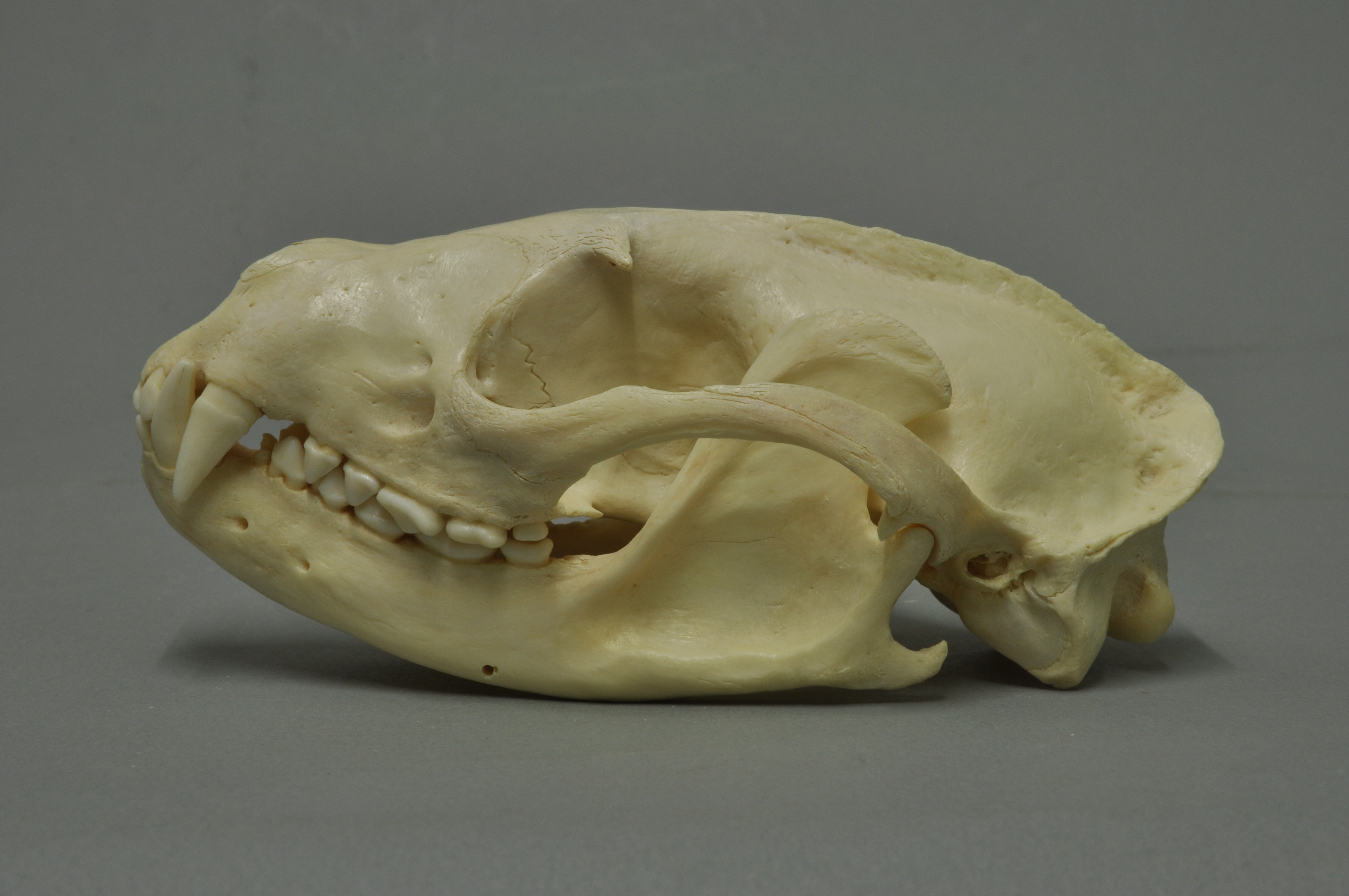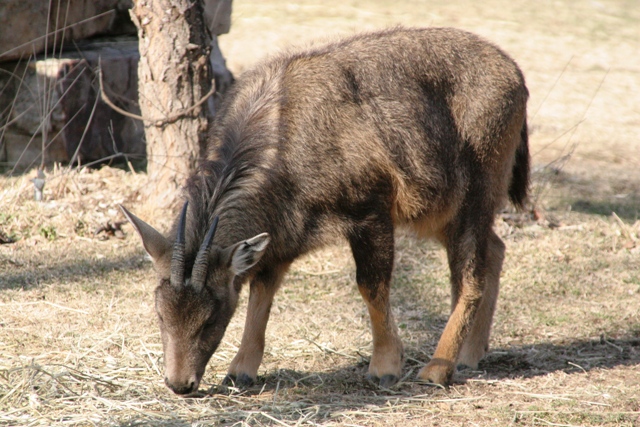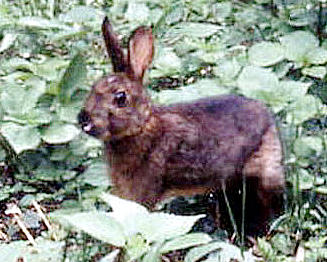|
Tama Zoo
The is a zoo, owned by the government of Tokyo Metropolis, and located in Hino, Tokyo, Japan. The Tama Zoo was opened on May 5, 1958, originally as a of the Ueno Zoo. The zoo aims to use its large site – 52 ha, compared to the 14.3 ha of the Ueno Zoo – to show its animals moving in a more free and natural environment. Animals Animals in the zoo include: ;Insectarium * Blue glassy tiger * Common grass yellow *Flower mantis *Leafcutter ant ;Asian Zone *Amur tiger *Asian black bear *Asian elephant *Bar-headed goose *Black-faced spoonbill *Bornean orangutan *Eurasian eagle-owl *Eurasian otter *Golden eagle *Golden takin *Grey wolf *Himalayan tahr *Indian rhinoceros *Japanese badger *Japanese giant flying squirrel *Japanese hare *Japanese macaque *Japanese serow *Lar gibbon *Malayan tapir *Masked palm civet *Mouflon *Oriental stork *Père David's deer *Pheasant pigeon *Przewalski's horse *Steller's sea eagle *Red-crowned crane *Red panda *Reindeer *Siberian crane *Snow leopard ... [...More Info...] [...Related Items...] OR: [Wikipedia] [Google] [Baidu] |
Hino, Tokyo
250px, Takahata Fudō in Hino is a city located in the western portion of Tokyo Metropolis, Japan. , the city had an estimated population of 187,048, and a population density of 6800 persons per km². The total area of the city was . Geography Hino is in Western Tokyo. The city has three geographical regions. The western part is called the Hino plateau, approximately 100 meters above sea level. The southern part is Tama Hills, between 150 and 200 meters above sea level. The eastern part of the city is an alluvial plain of the Tama River. Surrounding municipalities Tokyo Metropolis * Fuchū *Kunitachi *Tachikawa *Akishima *Hachiōji * Tama Climate Hino has a Humid subtropical climate (Köppen ''Cfa'') characterized by warm summers and cool winters with light to no snowfall. The average annual temperature in Hino is 13.9 °C. The average annual rainfall is 1647 mm with September as the wettest month. The temperatures are highest on average in August, at around 25.4&nb ... [...More Info...] [...Related Items...] OR: [Wikipedia] [Google] [Baidu] |
Golden Eagle
The golden eagle (''Aquila chrysaetos'') is a bird of prey living in the Northern Hemisphere. It is the most widely distributed species of eagle. Like all eagles, it belongs to the family Accipitridae. They are one of the best-known bird of prey, birds of prey in the Northern Hemisphere. These birds are dark brown, with lighter golden-brown plumage on their napes. Immature eagles of this species typically have white on the tail and often have white markings on the wings. Golden eagles use their agility and speed combined with powerful feet and large, sharp talons to hunt a variety of prey, mainly hares, rabbits, and marmots and other ground squirrels. Golden eagles maintain home ranges or territories that may be as large as . They build large bird nest, nests in cliffs and other high places to which they may return for several breeding years. Most breeding activities take place in the spring; they are monogamous and may remain together for several years or possibly for life. Fe ... [...More Info...] [...Related Items...] OR: [Wikipedia] [Google] [Baidu] |
Mouflon
The mouflon (''Ovis gmelini'') is a wild sheep native to Cyprus, the Caspian Sea, Caspian region from eastern Turkey, Armenia, Azerbaijan, and Iran. It is thought to be the ancestor of all modern domestic sheep breeds. Taxonomy ''Ovis gmelini'' was the scientific name proposed by Edward Blyth in 1841 for wild sheep in the Middle East. In the 19th and 20th centuries, several wild sheep were described that are considered mouflon subspecies today: * ''Ovis ophion'' by Blyth in 1841 for wild sheep in Cyprus; * ''Ovis laristanica'' by Nikolai Nasonov in 1909 for wild sheep in Lar, Iran, Lar in southern Iran; * ''Ovis orientalis isphahanica'' by Nasonov in 1910 for wild sheep in the Zagros Mountains. Subspecies Five mouflon subspecies of are distinguished by Mammal Species of the World, MSW3: * Armenian mouflon (Armenian red sheep), ''O. g. gmelini'' : nominate subspecies; native to northwestern Iran, Armenia, and Azerbaijan. It has been introduced to Texas in the U.S. * Esfahan mou ... [...More Info...] [...Related Items...] OR: [Wikipedia] [Google] [Baidu] |
Masked Palm Civet
The masked palm civet (''Paguma larvata''), also called the gem-faced civet, is a palm civet species native to the Indian subcontinent and Southeast Asia. It has been listed as least concern on the IUCN Red List since 2008 as it occurs in many protected areas, is tolerant to some degree of habitat modification, and widely distributed with presumed large populations that are unlikely to be declining. The genus ''Paguma'' was first named and described by John Edward Gray in 1831. All described forms are regarded as a single species. In 2003, masked palm civets at a wildlife market in China were found to have been infected with the severe acute respiratory syndrome coronavirus. Characteristics The masked palm civet's fur is grayish to ochraceous, black on the head, shoulders and neck, and blackish brown on the tail and feet. It has a white blaze on the forehead; white marks above and below the eyes extend to the ears, forming a half-collar. In morphology the masked palm cive ... [...More Info...] [...Related Items...] OR: [Wikipedia] [Google] [Baidu] |
Malayan Tapir
The Malayan tapir (''Tapirus indicus''), also called Asian tapir, Asiatic tapir and Indian tapir, is the only tapir species native to Southeast Asia from the Malay Peninsula to Sumatra. It has been listed as Endangered on the IUCN Red List since 2008, as the population is estimated to comprise fewer than 2,500 mature individuals. Taxonomy The scientific name ''Tapirus indicus'' was proposed by Anselme Gaëtan Desmarest in 1819 who referred to a tapir described by Pierre-Médard Diard. ''Tapirus indicus brevetianus'' was coined by a Dutch zoologist in 1926 who described a black Malayan tapir from Sumatra that had been sent to Rotterdam Zoo in the early 1920s. Phylogenetic analyses of 13 Malayan tapirs showed that the species is monophyletic. It was placed in the genus ''Acrocodia'' by Colin Groves and Peter Grubb in 2011. However, a comparison of mitochondrial DNA of 16 perissodactyl species revealed that the Malayan tapir forms a sister group together with the ''Tapirus'' speci ... [...More Info...] [...Related Items...] OR: [Wikipedia] [Google] [Baidu] |
Lar Gibbon
The lar gibbon (''Hylobates lar''), also known as the white-handed gibbon, is an endangered primate in the gibbon family, Hylobatidae. It is one of the better-known gibbons and is often kept in captivity. Taxonomy There are five subspecies of lar gibbon: * Malaysian lar gibbon (''H. l. lar'') * Carpenter's lar gibbon (''H. l. carpenteri'') * Central lar gibbon (''H. l. entelloides'') * Sumatran lar gibbon (''H. l. vestitus'') * Yunnan lar gibbon (''H. l. yunnanensis'') (possibly extinct) Physical description The fur coloring of the lar gibbon varies from black and dark-brown to light-brown, sandy colors. The hands and feet are white-colored, likewise a ring of white hair surrounds the black face. Both males and females can be all color variants, and the sexes also hardly differ in size. Gibbons are true brachiators, propelling themselves through the forest by swinging under the branches using their arms. Reflecting this mode of locomotion, the white-handed gibbon has ... [...More Info...] [...Related Items...] OR: [Wikipedia] [Google] [Baidu] |
Japanese Serow
The : (''Capricornis crispus'') ( 羚羊) is a Japanese goat-antelope, an even-toed ungulate mammal. It is found in dense woodland in Japan, primarily in northern and central Honshu. The serow is seen as a national symbol of Japan, and is subject to protection in conservation areas. Adult Japanese serow stand about tall and weigh . They are black to whitish, and colouring lightens in summer. The fur is very bushy, especially the tail. Both sexes have short, backwards-curving horns, and are difficult to distinguish by sight. Japanese serow are found in dense mountain forests where they eat leaves, shoots, and acorns. They are diurnal and feed in early mornings and late afternoons. Serows are solitary, or gather in couples or small family groups. The animal marks its territory with sweet-and-sour-smelling preorbital gland secretions, and males and females have separate territories that may overlap. In the mid-20th century, the Japanese serow was hunted to near-extinction. In ... [...More Info...] [...Related Items...] OR: [Wikipedia] [Google] [Baidu] |
Japanese Macaque
The Japanese macaque (''Macaca fuscata''), also known as the snow monkey, is a terrestrial Old World monkey species that is native to Japan. Colloquially, they are referred to as "snow monkeys" because some live in areas where snow covers the ground for months each year – no other non-human primate lives further north, nor in a colder climate. Individuals have brownish grey fur, pinkish-red faces, and short tails. Two subspecies are known. In Japan, the species is known as ''Nihonzaru'' (ニホンザル, a combination of ''Nihon'' 日本 "Japan" + ''saru'' 猿 "monkey") to distinguish it from other primates, but the Japanese macaque is very familiar in Japan — as it is the only species of monkey in Japan — so when Japanese people simply say ''saru'', they usually have the Japanese macaque in mind. Physical characteristics The Japanese macaque is sexually dimorphic. Males weigh on average , while females average .Fooden J, Aimi M. (2005) "Systematic review of Japanese ma ... [...More Info...] [...Related Items...] OR: [Wikipedia] [Google] [Baidu] |
Japanese Hare
The Japanese hare (''Lepus brachyurus'') is a species of hare endemic to Japan. In Japanese, it is called the ''Nousagi'' (Japanese: 野兎), meaning "field rabbit". Taxonomy Coenraad Jacob Temminck described the Japanese hare in 1845. The specific epithet (''brachyurus'') is derived from the Ancient Greek ''brachys'' meaning "short" and ''oura'' meaning "tail". The four subspecies of this hare are: *''L. b. angustidens'' *''L. b. brachyurus'' *''L. b. lyoni'' *''L. b. okiensis'' Description The Japanese hare is reddish-brown, with a body length that ranges from , and a body weight of . Its tail grows to lengths of . Its front legs can be from long and the back legs from long. The ears grow to be long, and the tail long. In areas of northern Japan, the west coast, and the island of Sado, where snowfall is heavy, the Japanese hare loses its coloration in the autumn, remaining white until the spring, when the reddish-brown fur returns. Habitat The Japanese hare is found across ... [...More Info...] [...Related Items...] OR: [Wikipedia] [Google] [Baidu] |
Japanese Giant Flying Squirrel
The is a species of flying squirrel, one of the giant flying squirrels in the genus ''Petaurista''. Description Like other flying squirrels, it has a web of skin between its legs which it uses to glide between trees. Glides of 160 metres have been recorded. The tail is used for stability during flight. The body is about 25–50 cm long, and the tail a further 30–40 cm. It weighs between 700 and 1500g. It is much larger than the related Japanese dwarf flying squirrel which does not exceed 220g. It eats fruit and nuts and lives in holes in large trees. The female has a home range of about a hectare and the male about two hectares. Distribution and habitat It is native to Japan, where it inhabits sub-alpine forests and boreal evergreen forests on the islands of Honshu, Shikoku and Kyushu. Reproduction Sexual maturity is reached after about two years. From winter to early summer the males compete for females. During mating, after ejaculation, the male produces a ... [...More Info...] [...Related Items...] OR: [Wikipedia] [Google] [Baidu] |
Japanese Badger
The Japanese badger (''Meles anakuma'') is a species of carnivoran of the family Mustelidae, the weasels and their kin. Endemic to Japan, it is found on Honshu, Kyushu, Shikoku, and Shōdoshima. It shares the genus '' Meles'' with its close relatives, the European (''M. meles'') and Asian (''M. leucurus'') badgers. In Japan it is called by the name ''anaguma'' (穴熊) meaning "hole-bear", or ''mujina'' (むじな, 狢). Description Japanese badgers are generally smaller (average length in males, in females) and less sexually dimorphic (except in the size of the canine teeth) than their European counterparts. Tail length is between . This species is similar or mildly larger than the Asian badger. Adults usually weigh from . The average weight of female Japanese badgers in one study from the Tokyo area was found to be while that of males was . In the Yamaguchi Prefecture, the average spring weight of female and male Japanese badgers was and .Tanaka, H. 2002. ''Ecology and So ... [...More Info...] [...Related Items...] OR: [Wikipedia] [Google] [Baidu] |
Indian Rhinoceros
} The Indian rhinoceros (''Rhinoceros unicornis''), also called the Indian rhino, greater one-horned rhinoceros or great Indian rhinoceros, is a rhinoceros species native to the Indian subcontinent. It is listed as Vulnerable on the IUCN Red List, as populations are fragmented and restricted to less than . Moreover, the extent and quality of the rhino's most important habitat, the alluvial Terai-Duar savanna and grasslands and riverine forest, is considered to be in decline due to human and livestock encroachment. As of August 2018, the global population was estimated to comprise 3,588 individuals, including 2,939 individuals in India and 649 in Nepal. Kaziranga National Park alone had an estimated population of 2,048 rhinos in 2009. Pobitora Wildlife Sanctuary in Assam has the highest density of Indian rhinos in the world with 84 individuals in an area of in 2009. Indian rhinos once ranged throughout the entire stretch of the Indo-Gangetic Plain, but excessive hunting and ... [...More Info...] [...Related Items...] OR: [Wikipedia] [Google] [Baidu] |








.jpg)
.jpg)